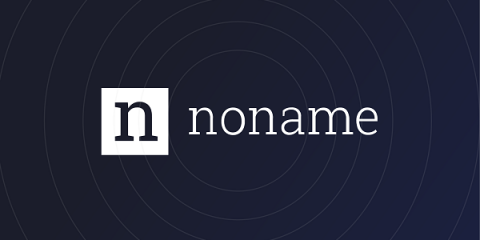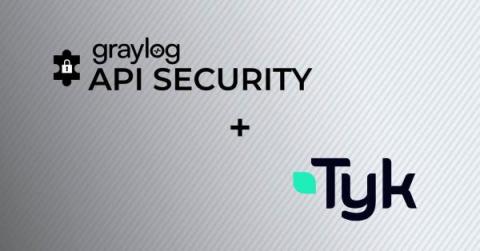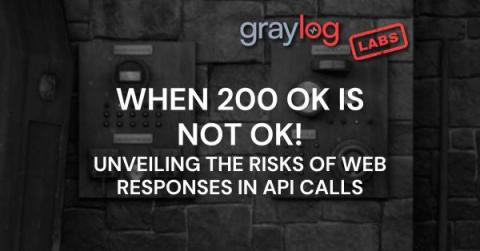Noname Security Secures Coveted Position on CRN's 2024 Security 100 List
Noname Security announces that CRN, a brand of The Channel Company, has named Noname Security to its Security 100 list. The list recognises leading IT security vendors committed to working hand-in-hand with channel partners to protect businesses from cybersecurity threats.










